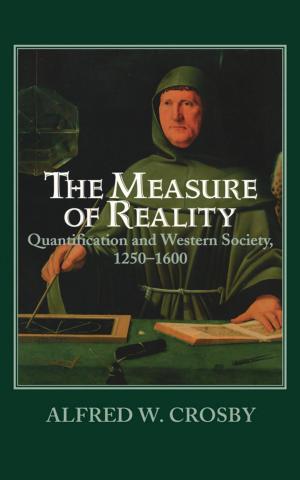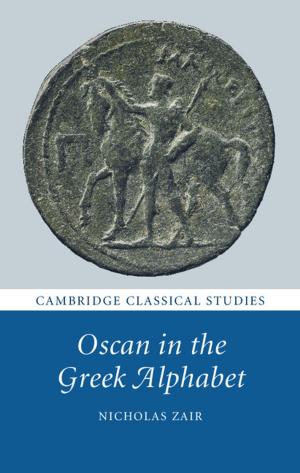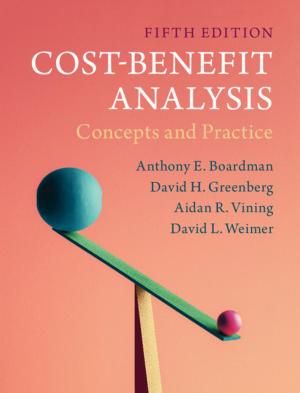The Functional Approach to Programming
Nonfiction, Computers, Programming, Programming Languages, General Computing| Author: | Guy Cousineau, Michel Mauny | ISBN: | 9781107263796 |
| Publisher: | Cambridge University Press | Publication: | October 29, 1998 |
| Imprint: | Cambridge University Press | Language: | English |
| Author: | Guy Cousineau, Michel Mauny |
| ISBN: | 9781107263796 |
| Publisher: | Cambridge University Press |
| Publication: | October 29, 1998 |
| Imprint: | Cambridge University Press |
| Language: | English |
A programming course should concentrate as much as possible on a program's logical structure and design rather than simply show how to write code. The Functional Approach to Programming achieves this aim because logical concepts are evident and programs are transparent so can be written quickly and cleanly. In this book the authors emphasise the notions of function and function application which relate programming to familiar concepts from mathematics and logic. They introduce functional programming via examples but also explain what programs compute and how to reason about them. They show how the ideas can be implemented in the Caml language, a dialect of the ML family, and give examples of how complex programs from a variety of areas (such as arithmetic, tree algorithms, graph algorithms, text parsing and geometry) can be developed in close agreement with their specifications. Many exercises and examples are included throughout the book; solutions are also available.
A programming course should concentrate as much as possible on a program's logical structure and design rather than simply show how to write code. The Functional Approach to Programming achieves this aim because logical concepts are evident and programs are transparent so can be written quickly and cleanly. In this book the authors emphasise the notions of function and function application which relate programming to familiar concepts from mathematics and logic. They introduce functional programming via examples but also explain what programs compute and how to reason about them. They show how the ideas can be implemented in the Caml language, a dialect of the ML family, and give examples of how complex programs from a variety of areas (such as arithmetic, tree algorithms, graph algorithms, text parsing and geometry) can be developed in close agreement with their specifications. Many exercises and examples are included throughout the book; solutions are also available.















